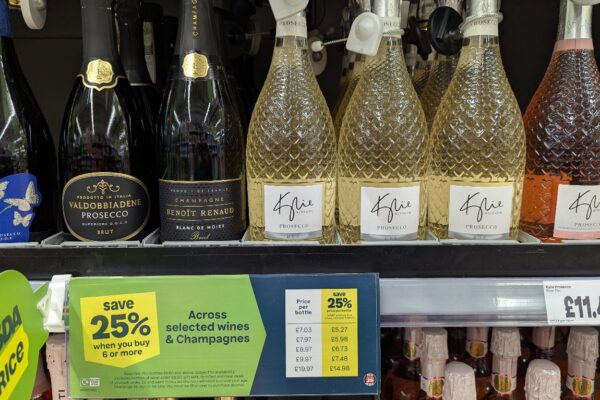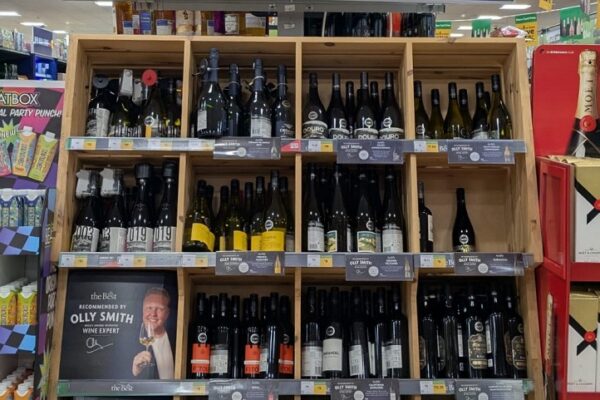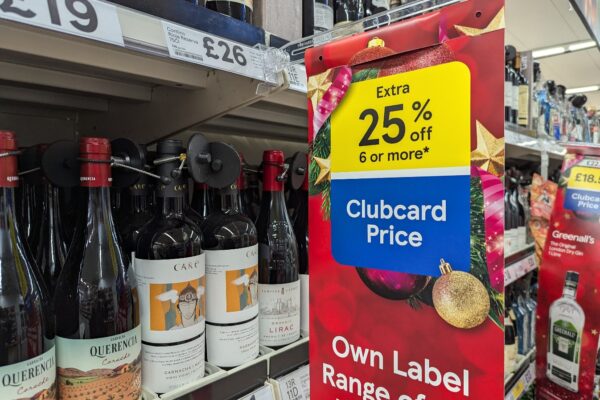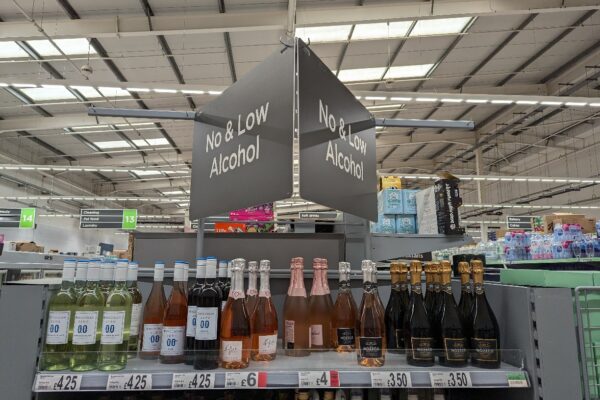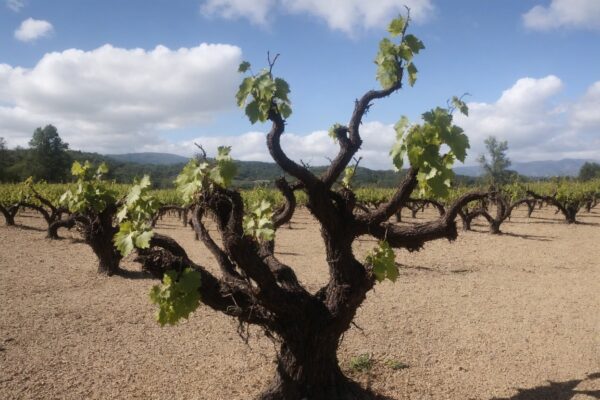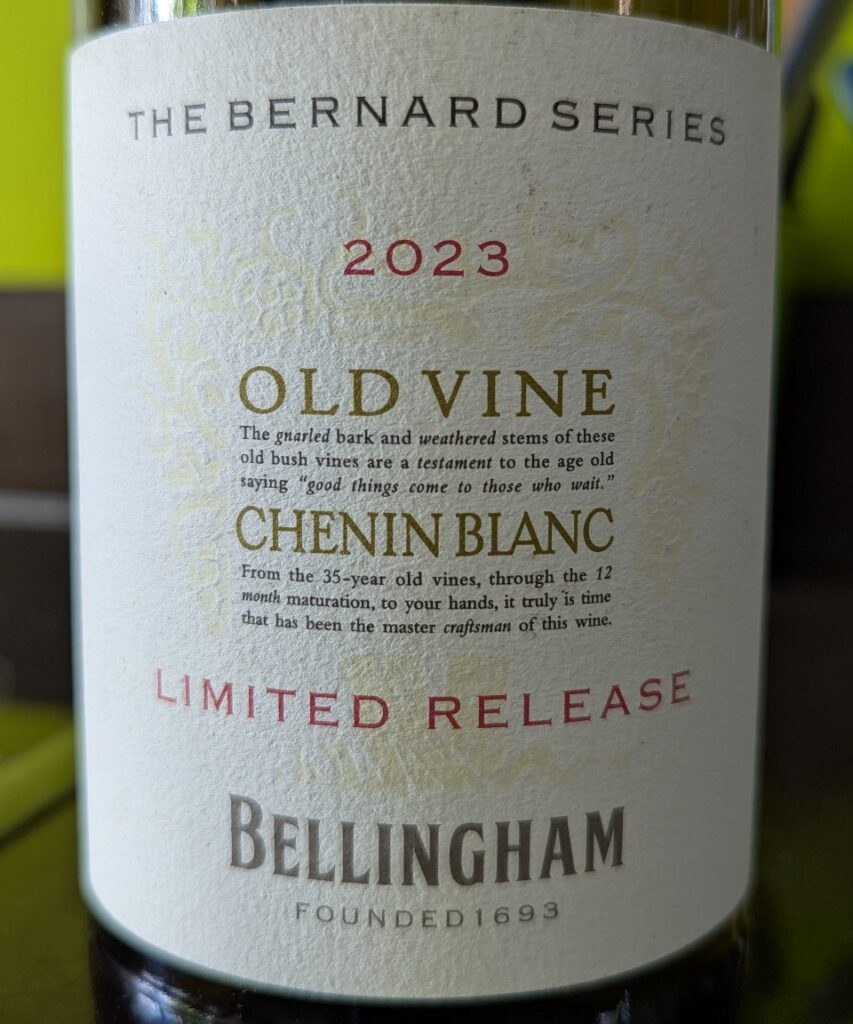
Bellingham Old Vine Chenin Blanc stood out when I first discovered at a Sainsbury’s press wine tasting. It is new to their range and was easily one of the highlights of the event. Once found only in independent wine merchants, it has now found its way onto supermarket shelves, making it more accessible.
The wine comes from South Africa and carries a rich history. Bellingham’s legacy began back in 1693 with Hollander Gerrit Janz van Vuuren and his French Huguenot wife. A more modern chapter began in 1943, when Bernard and Fredagh Podlashuk took over the neglected estate. They revived the manor house, tended the gardens, and brought the vineyards back to life, applying techniques learned from the wine regions of France and Germany.
The Chenin Blanc grapes for this wine are sourced from old bush vines in Cape Town and Stellenbosch. These vines, with their thick bark and age-worn structure, contribute character and depth. A portion of the wine is fermented in oak barrels, adding extra layers of interest. This 2023 vintage sits at 13.5% ABV.
It’s one of the few white wines I’ve found that works beautifully straight from the fridge. When chilled, it opens with a delightful honey scent and a fresh tropical flavour, with just a hint of oak. It has a clean, refreshing feel and a long finish. After about half an hour as it warms, the character starts to shift. The oak becomes more pronounced and the scent turns towards citrus and apricot. The taste follows suit, developing into a lovely blend of nectarine, soft oak and honey. It feels smooth and well-rounded, with impressive depth and balance. As the wine continues to warm, the oak becomes stronger and apricot notes deepen. When at room temperature, the oak tip towards being too dominant, at least for me, but I know some will love, who crave oak.
Its greatly evolving nature with temperature makes it a fascinating wine, like having several wines in one bottle. It’s versatile and adaptable and you can enjoy it, depending on temperature, however you prefer. At £13 from Sainsbury’s, it’s already good value, but during the 25% off promotions, when it drops to £9.75, it’s a great bargain.




